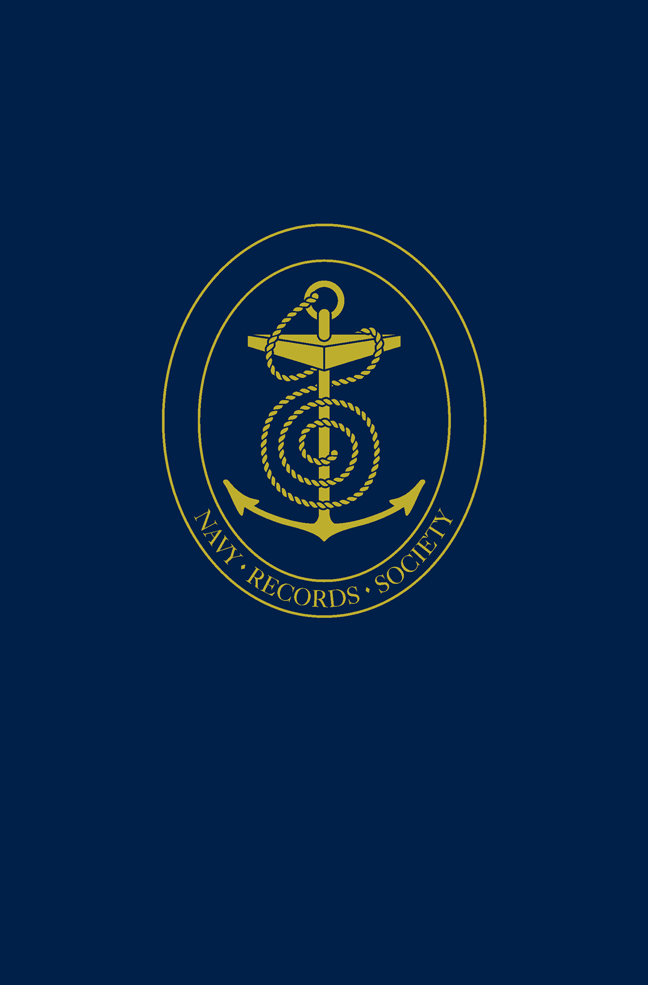2 - Establishments, Surveys and Reports
Published online by Cambridge University Press: 05 March 2024
Summary
When Pepys was at the Navy Board in the 1660s, he was indignant that the only accurate fleet list in the Office was the one which by his ‘particular curiosity’ he had compiled for himself. It is by no means certain that his predecessors in the first generation of that department were any better served, because no complete and definitive establishment of ships or men survives. Nor is it really clear what ships constituted the Royal Navy. Vessels owned by the King included small craft used around the dockyards and in support roles such as would nowadays be assigned to the RFA, not flying the White Ensign. On another hand, a number of merchantmen on long-term loan formed part of the fighting force. This might also include ships owned personally by the Lord Admiral and other senior commanders.
Most modern lists of Edward's VI's fleet derive from one first printed in the eighteenth century, showing where each ship was stationed at the end of Edward's first year [I.66]. Although some detail has been corrupted in transmission, the ordnance data corresponds almost exactly to that of the great inventory of Henry VIII's goods compiled at that time. Rather more vessels appear in a list for the same year [I.67]; but this survives as a copy made and amended twenty years later, with manifestly anachronistic elements. The paper nevertheless provides valuable detail previously unnoticed, including some identification of shipbuilders. It comes from a compendium made by an Elizabethan Admiralty official, James Humphrey, which provides most of the items in this section. A listing of dockyard officials and their wages [I.65] appears to be taken from two sections of a Navy Treasurer's Quarter Book, the first extant example of which will be printed in ENA. Humphrey's collection also preserves the detailed rigging inventories and surveys of three great ships taken in July 1552 [I.73–6]. Similar documents exist from the early years of the reign of Henry VIII, but there are no others for the mid-Tudor period.
Another major source for the Tudor Navy is the MS collection of Sir Robert Cotton, now part of the British Library.
- Type
- Chapter
- Information
- The Navy of Edward VI and Mary I , pp. 105 - 128Publisher: Boydell & BrewerFirst published in: 2024



